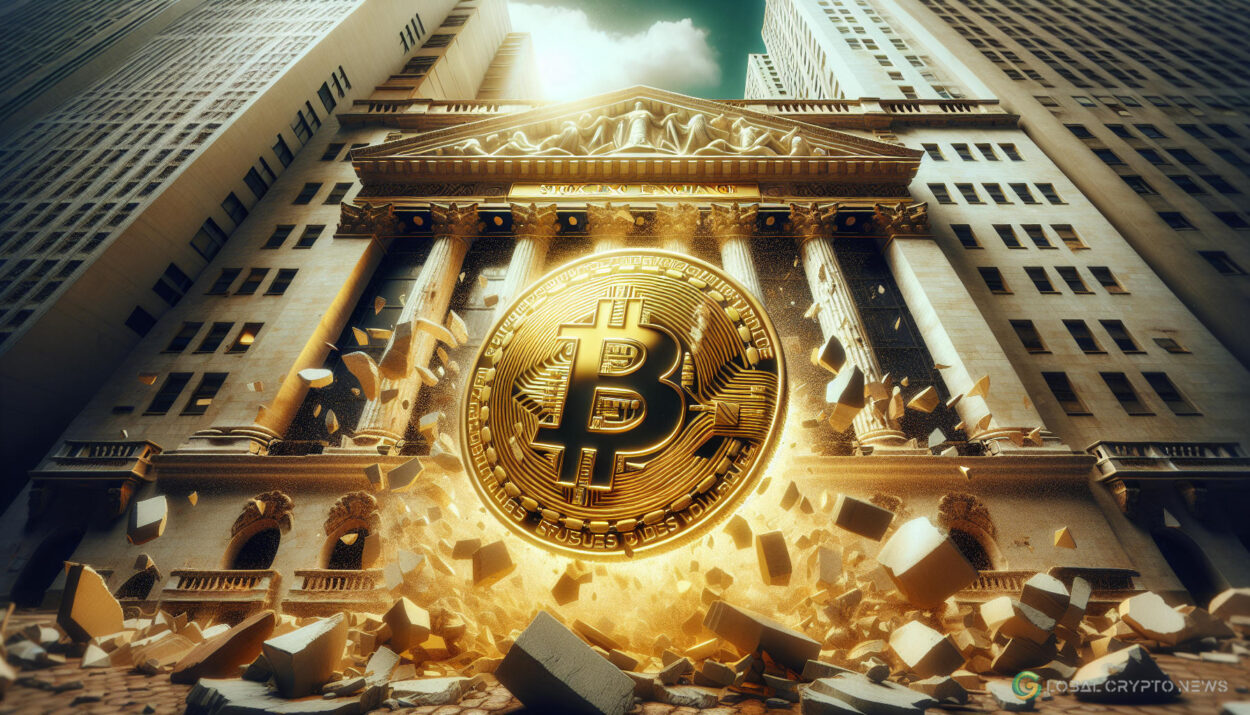Ten years after its collapse, the Mt. Gox crypto exchange has started paying off creditors. What caused this decade-long process? Let’s delve into the chronology of events that surrounded the fall of one of the largest crypto exchanges.
The Emergence of Mt. Gox
The history of Mt. Gox dates back to the early days of the crypto industry. In 2010, developer Jed McCaleb founded Mt. Gox as a platform for the Magic: The Gathering game, which he later transformed into a Bitcoin exchange. A year later, he sold the platform to developer Mark Karpeles. Under Karpeles’ management, Mt. Gox quickly became a leading BTC platform.
In June 2011, the exchange experienced its first major hacker attack, resulting in the theft of at least 25,000 BTC, worth approximately $400,000 at that time. Consequently, the price of Bitcoin on Mt. Gox plummeted from $17 to nearly zero.
Internal Difficulties and Hack of Mt. Gox
Despite its external success, Mt. Gox faced significant internal issues. The exchange lacked control over the quality and security of its code and did not have a financial accounting system. There was no effective monitoring of money and cryptocurrency flows.
In February 2014, Mt. Gox abruptly halted Bitcoin withdrawals, attributing the issue to a bug in the Bitcoin code that allowed double-spending. By the end of the month, the Bitcoin price on Mt. Gox was only 20% of the average market price, reflecting investors’ lack of confidence in the platform’s ability to resolve its problems. On February 24, 2014, all trading operations were suspended, and the website went offline. Later, it was revealed that approximately 750,000 BTC belonging to users had been stolen, which led to the exchange declaring bankruptcy on February 28, 2014.
The Hack Extent and the Mystery of Missing Bitcoins
Hackers stole 744,408 BTC from customers and 100,000 BTC from the company, leading to Mt. Gox’s insolvency. Some theories suggest that Mt. Gox never had the number of coins it claimed and that Karpeles might have manipulated data to create the illusion of more bitcoins. Speculation also points to either internal staff involvement or gradual transfers from cold storage to hot wallets, which were not properly monitored.
Protracted Litigation
From 2014 to 2020, litigation and civil rehabilitation processes took place. This rehabilitation typically lasts three to five years but offers a fairer solution for returning assets to creditors. The Kraken exchange did not complete collecting and analyzing creditor claims until May 2016, with 24,750 users submitting claims. The court approved the compensation plan in early 2021, but payments were repeatedly postponed due to technical and administrative delays.
Compensations and the Impact of the Mt. Gox Collapse
The collapse of Mt. Gox was a significant event in the crypto industry, highlighting the importance of securing cryptocurrency platforms. On July 5, the exchange’s trustees confirmed the start of compensation payouts in Bitcoin and Bitcoin Cash, totaling about $9 billion. Compensation is distributed through Kraken, Bitstamp, BitGo, and Japanese Bitbank exchanges, with some clients reporting same-day fund transfers.
Market participants are concerned about the potential selling pressure on Bitcoin’s price due to the large compensation amount. In early July, Bitcoin’s rate fell below $54,000 but later consolidated at $65,000.
Can the Mt. Gox Story Repeat?
The crypto industry must develop solutions that combine the security of decentralized technologies with the efficiency of centralized platforms. While major exchanges are relatively transparent and offer insured deposits, smaller exchanges often lack transparency, making the recurrence of such events possible.
Stay updated on the latest cryptocurrency news and developments by exploring more articles on Global Crypto News.
























